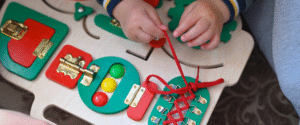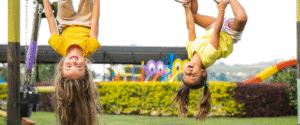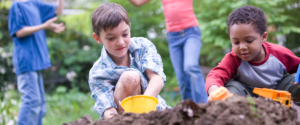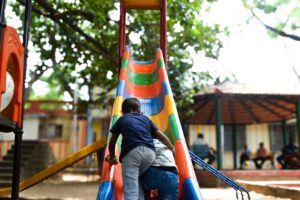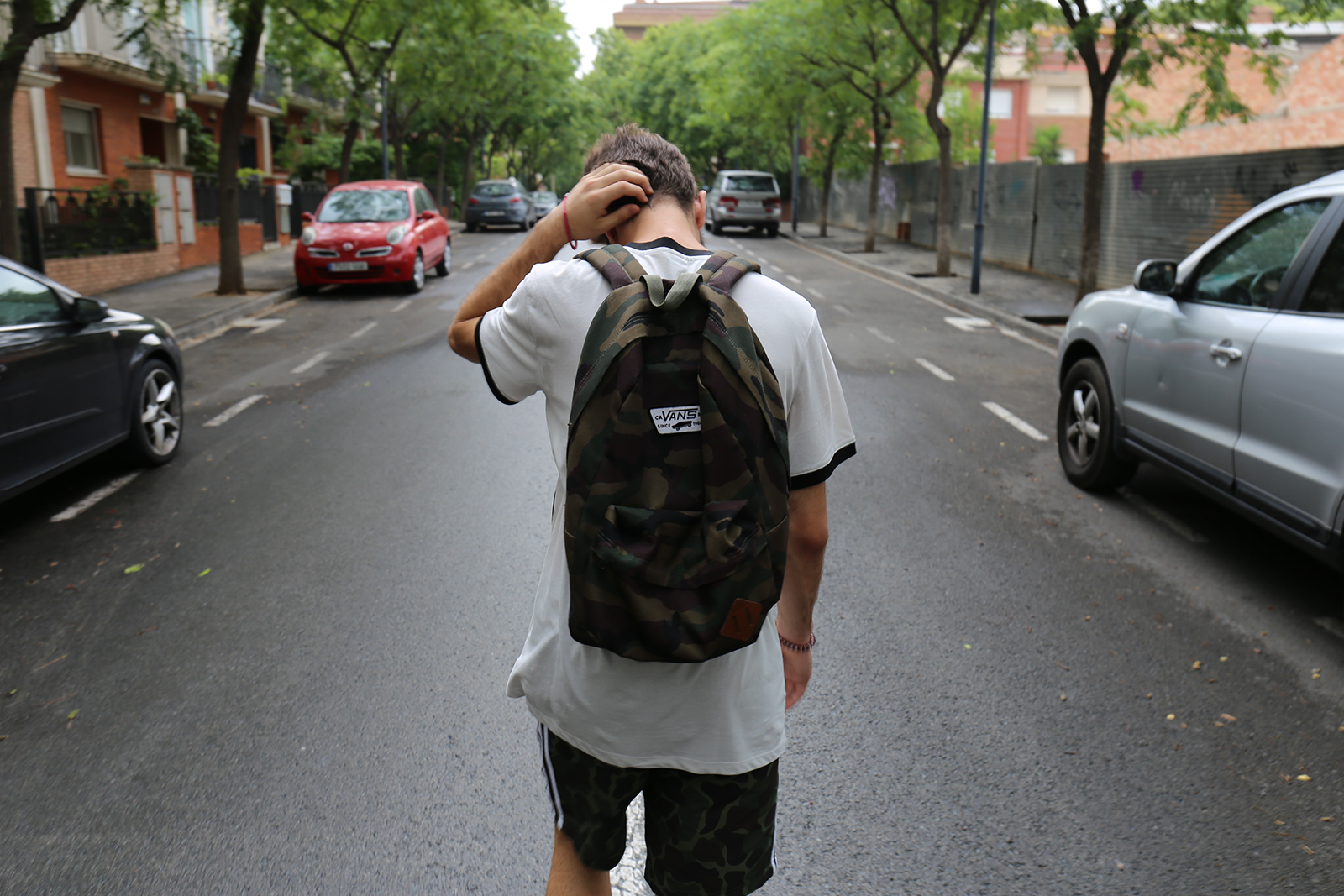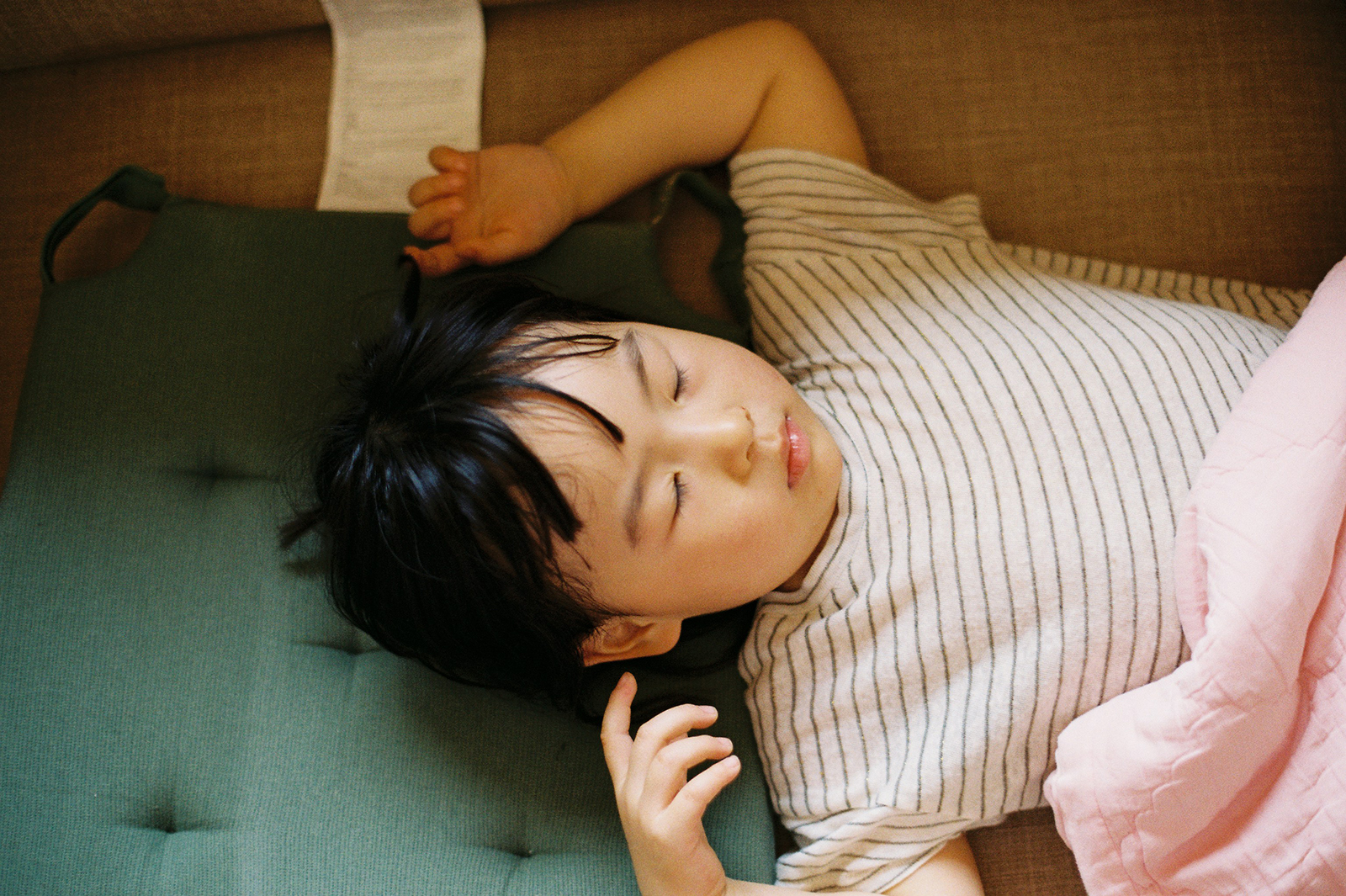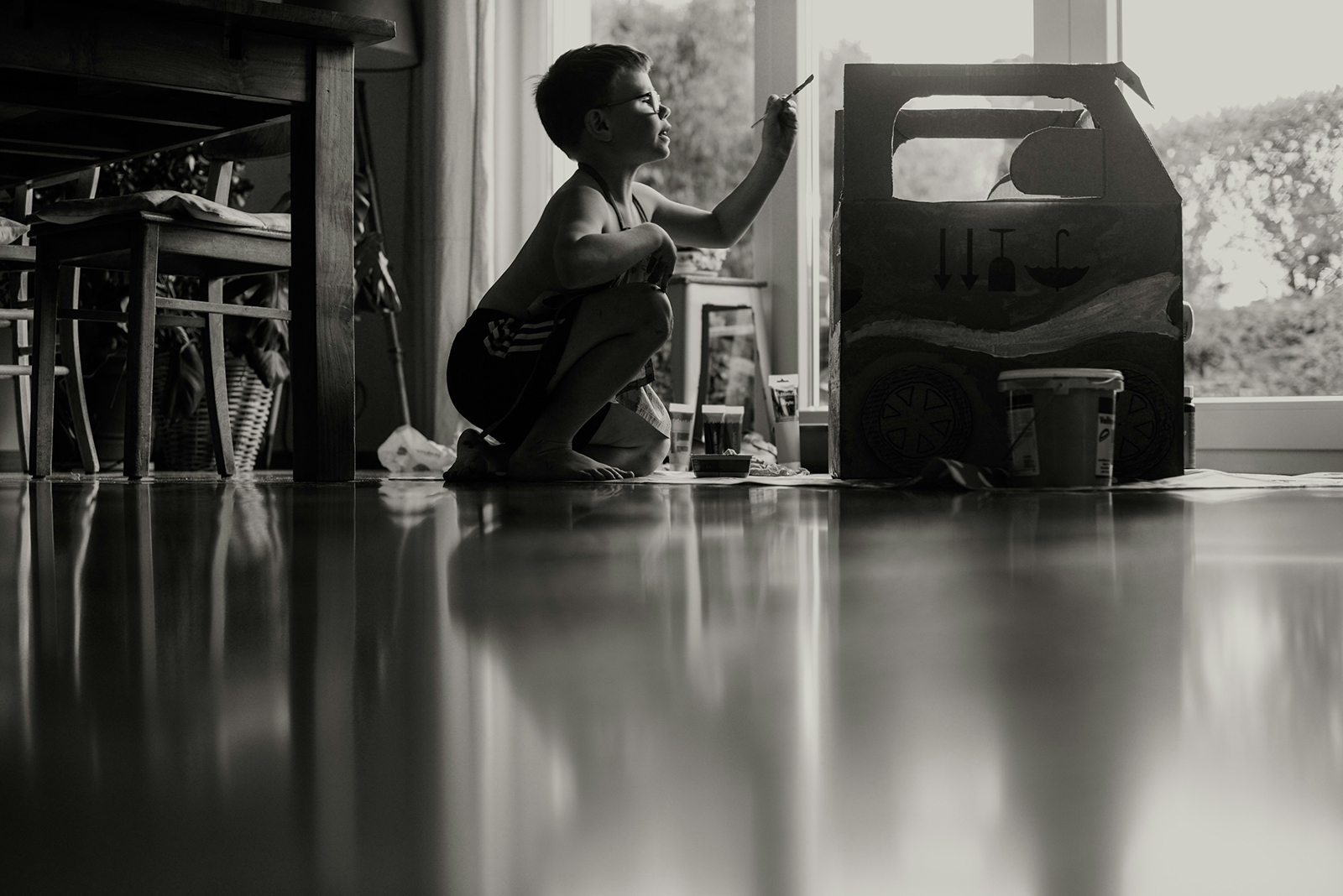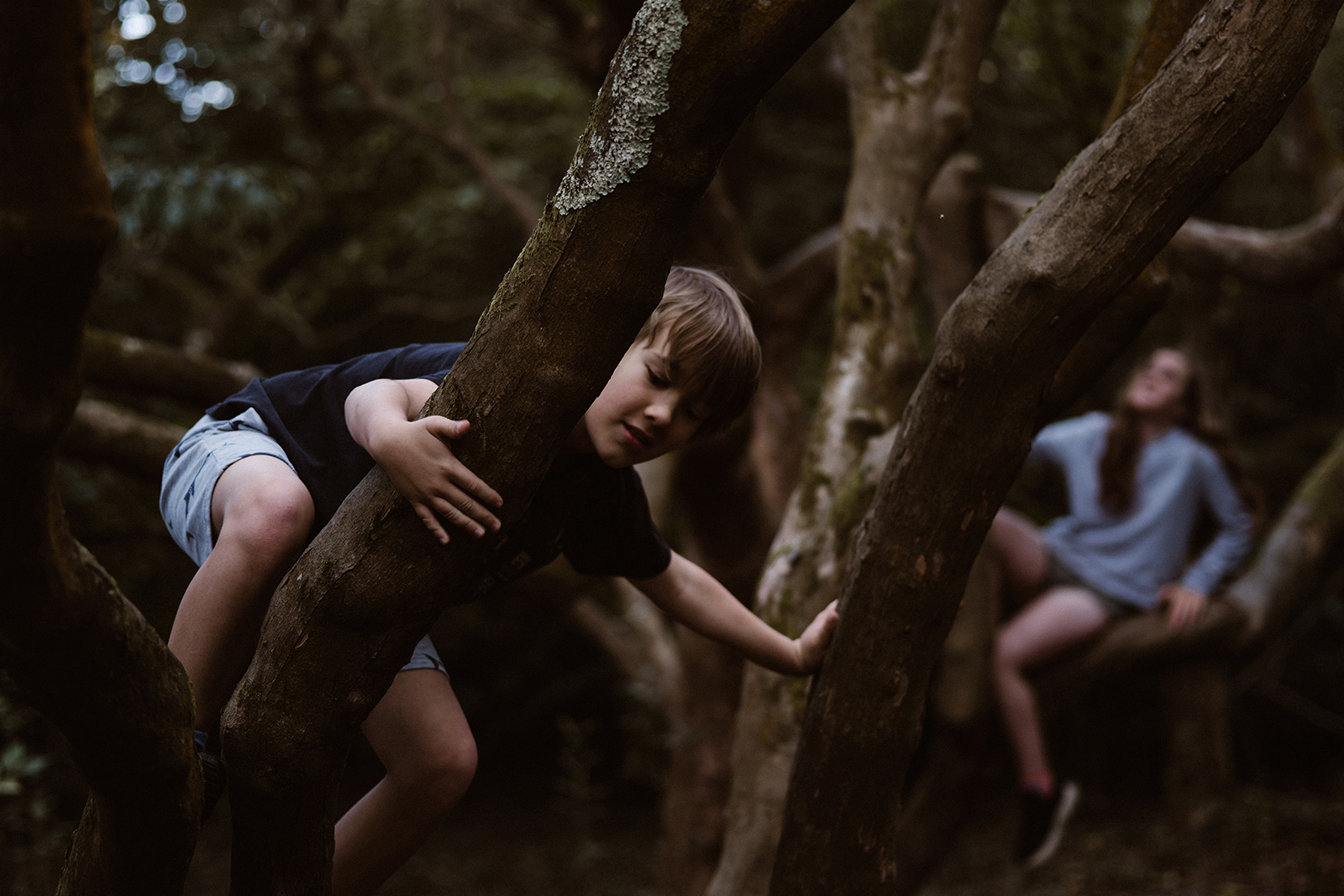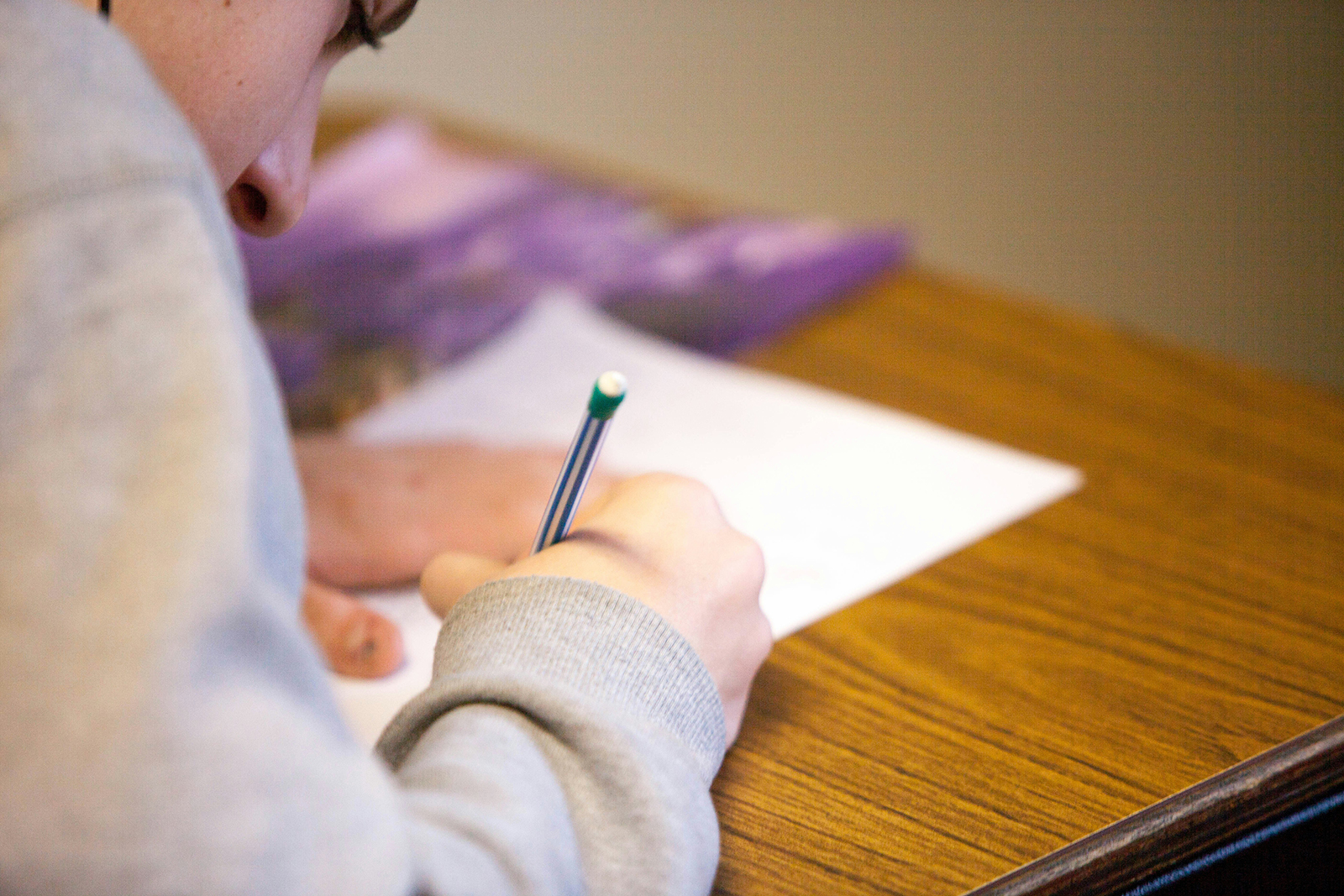
NAVIGATING THE TRANSITION TO HIGH SCHOOL: A PARENT’S GUIDE
Over the past few weeks, we have visited many of our local schools to talk to parents and families of children starting kindergarten in 2024. During these talks, we provide lots of information about how you can support your little person for a successful transition to big school. You can click here to read more about the transition to kindergarten.
We understand that your child’s journey through the educational system is filled with milestones and transitions from the very beginning; however, the preschool to kindergarten transition isn’t the only transition in our schooling lives. One of the next big milestones is transitioning from primary school to high school.
This move can be filled with just as many emotions and feelings – excitement for finishing primary school, growing up and what lies ahead. It can also be anxiety-provoking at the thought of changing schools, changing routines and the challenge of friendship groups changing and needing to make new friendships. All of which are valid feelings and thoughts!
In this blog, we’ll explore the various challenges your child may encounter during this transition and provide practical strategies to support them as they step into high school life.
Some of the challenges your child may face could include:
- New Friendships – Making new friends or friendship groups changing; having to be vulnerable in talking to other people we don’t know or feel comfortable around just yet.
- New Routines – High school bell times may be slightly earlier or later; how will this impact upon the daily routines of your child?
- New Environment – Navigating their way around a new school can be overwhelming, knowing where the toilets are, where to go for help, or where their next class is. Or even navigating their way to and from school.
- New Rules and Expectations – Having multiple subjects with different teachers in a new school can be daunting, being unsure of what the expectations are in and out of the classroom.
So, how can we best support our children in this transition to high school?
- Get to know the school: Talk about it; arrange additional transition days to allow your child to feel more comfortable in this new space if needed.
- Practice any new routines: Practice ways to get to and from high school; make sure your child knows which bus to catch or where they will be dropped off or picked up from.
- Visual Aids: Create a visual schedule or simple checklist to determine what they must take each day. Timetables can be tricky to work out! Break it down into what they need each day and then for each subject.
- Map out the school: Get a copy of the school map if possible and colour code important areas such as the library, toilets, canteen, office etc.
- Prepare for Social Interaction: Create “cheat cards” for conversation starters and role-play how to introduce themself to others. Remind them that it is highly likely that other children in the group are just as nervous about making new friends as they are.
- Time Management and Assignments: Help them schedule, plan and prioritise how to complete assignments. Keep in communication with their teachers to know when things are due and how you can support your child.
- Advocacy: Advocate and encourage your child to advocate also for their needs! A new school means new teachers who don’t know your child’s cues or needs. Provide as much information as possible to support consistency for your child across their teachers.
As your child embarks on this exciting journey to high school, remember that you are not alone. We are here to support you. If you would like more information about our group program, click here to check out the flyer. You can also reach out to us on 0477 708 217 or admin@exploreandsoar.com.au.
We would love to see you in our groups!
Until next time,
Lori
ORIGINALLY PUBLISHED OCTOBER 31, 2023


